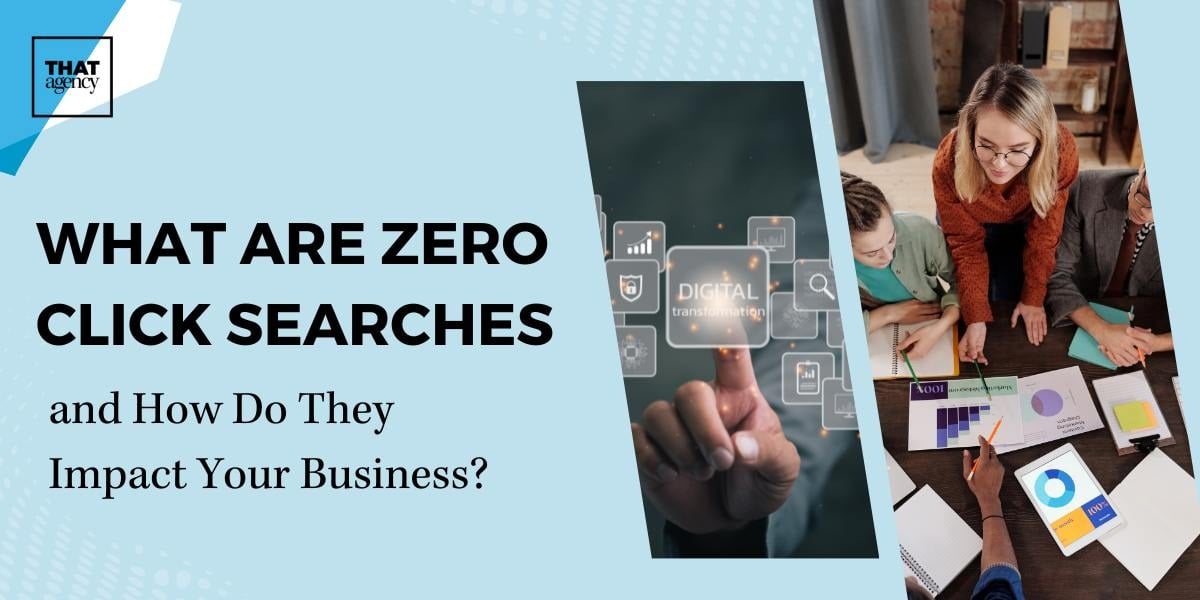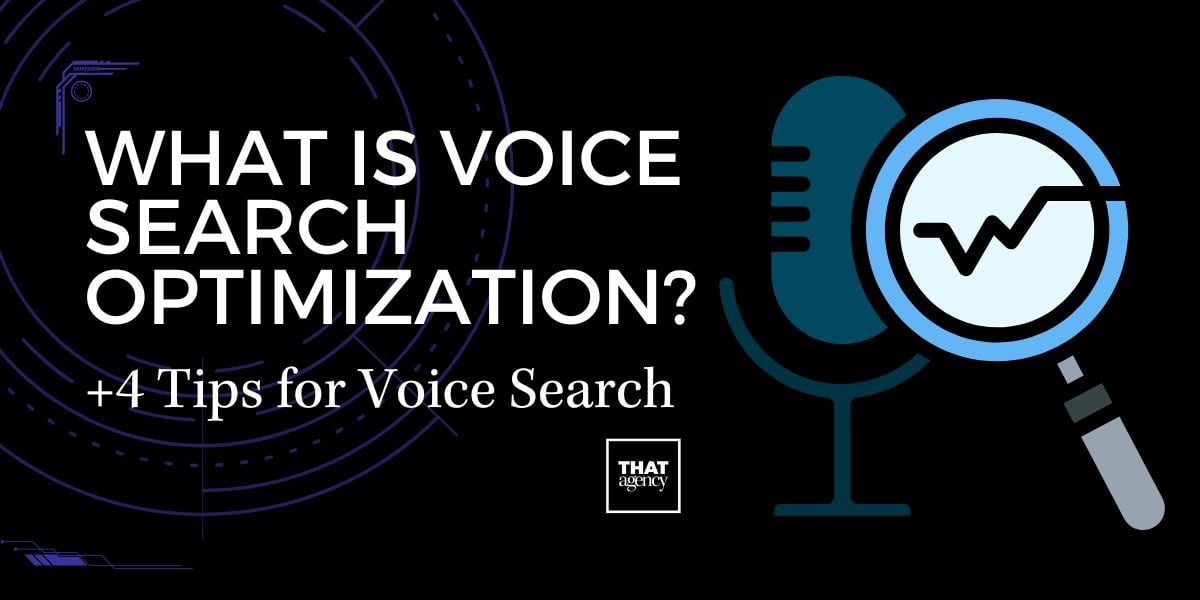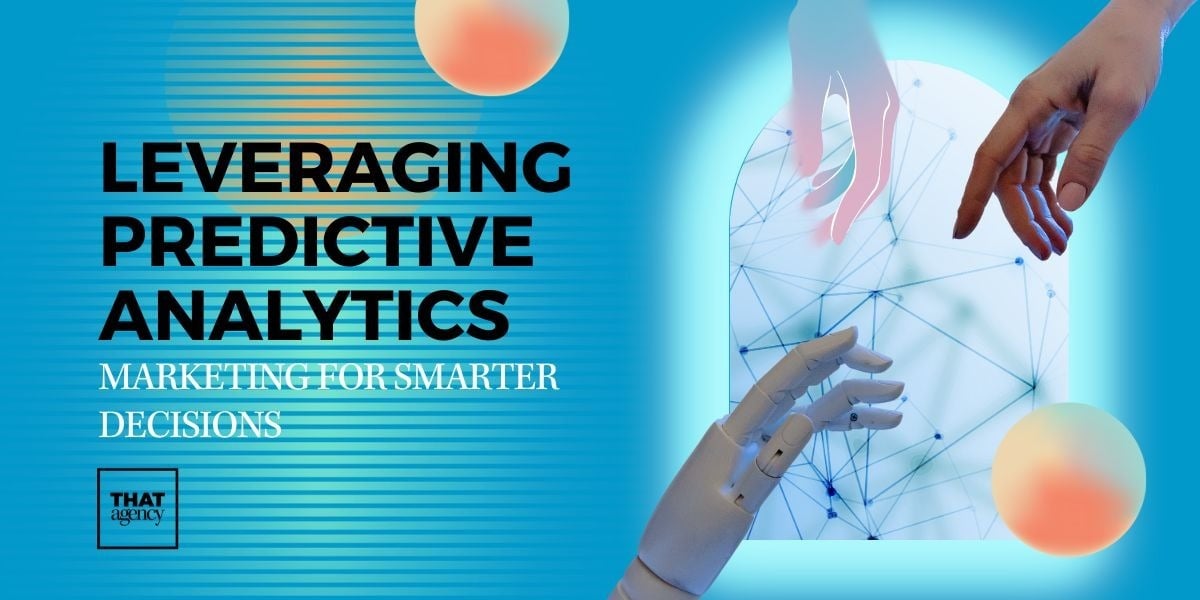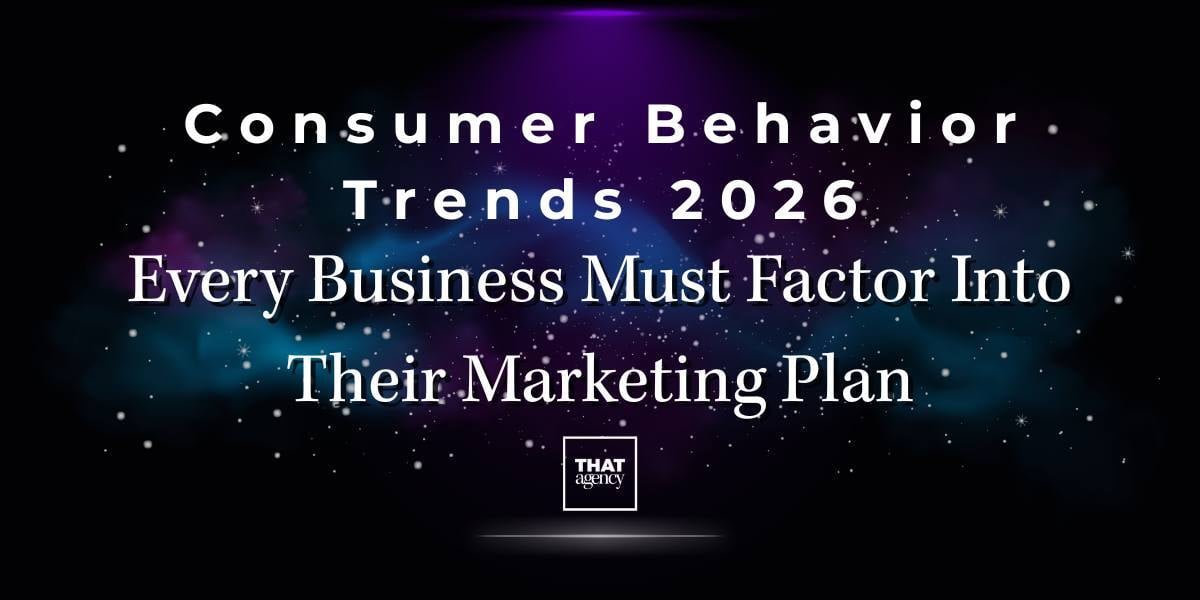Knowing how to effectively use the digital marketing funnel is crucial for businesses that want to increase brand awareness, engage their audience, and drive conversions. Whether you’re a startup founder or the CEO of a well-established company, understanding how to guide your customers through each stage of the funnel can significantly impact your online success.

What is a Digital Marketing Funnel?
A digital marketing funnel is a powerful model that maps out the journey potential customers take from their first encounter with your brand to their final decision to make a purchase or take another desired action. Imagine it as a pathway that guides your audience step by step, moving them closer to becoming loyal customers. But how exactly does this funnel work, and why is it so crucial for your business?
Let’s break it down in detail, exploring each stage of the funnel and answering common questions that might pop up along the way.

Understanding the Stages of the Digital Marketing Funnel
The digital marketing funnel is typically divided into three main stages: Top of the Funnel (TOFU), Middle of the Funnel (MOFU), and Bottom of the Funnel (BOFU). Each of these stages represents a different phase in the customer journey, requiring distinct strategies to effectively move potential customers closer to making a purchase.
1. Top of the Funnel (TOFU): Awareness
What is the Top of the Funnel? The Top of the Funnel, or TOFU, is where potential customers first become aware of your brand. At this stage, they may not know much about your business or the products and services you offer. They’re likely just beginning to recognize a problem they have or a need they want to fulfill. Your job here is to catch their attention and introduce them to your brand.
How do you create awareness at the top of the funnel? Creating awareness is all about making sure your brand is visible to the right audience. You do this by producing and sharing content that addresses their needs, questions, or pain points. Think of it as casting a wide net to attract as many potential customers as possible.
What types of content work best for TOFU? At this stage, content that educates and informs is key. Blog posts, social media updates, infographics, and educational videos are excellent tools for building awareness. For example, a blog post answering common questions related to your industry can draw in readers who are searching for solutions. It’s also essential to use SEO strategies to ensure your content ranks well in search engines, making it easier for potential customers to find you.
2. Middle of the Funnel (MOFU): Engagement
What happens in the Middle of the Funnel? Once potential customers are aware of your brand, they enter the Middle of the Funnel or MOFU. At this stage, they’re more familiar with their problem or need and are actively seeking solutions. They’re likely comparing different options, including what your brand offers, and they want to know if you’re the right fit for them.
Why is engagement crucial at this stage? Engagement is vital because this is the stage where customers start forming opinions about your brand. They’re not just looking for information; they want to be convinced that your product or service is the best choice. This is where brand engagement becomes a game-changer.
How can you engage potential customers in MOFU? To engage potential customers, provide content that dives deeper into the benefits and features of your offerings. Consider sharing case studies that demonstrate how your product has solved problems for others, detailed guides that explain how your services work, and webinars that allow for interactive learning. Email campaigns that provide valuable insights and keep your brand top-of-mind can also be highly effective.
What role does brand engagement play in MOFU? Brand engagement ensures that potential customers don’t just recognize your brand but also connect with it. Engaged customers are more likely to trust your brand, remember it, and eventually choose it over others. This connection is what moves them further down the funnel.
3. Bottom of the Funnel (BOFU): Conversion
What is the goal at the Bottom of the Funnel? The Bottom of the Funnel, or BOFU, is where the magic happens—conversions. At this stage, potential customers have gathered all the information they need, and now they’re ready to take action. This is where you encourage them to make a purchase, sign up for a service, or complete another desired action.
How do you drive conversions at BOFU? Driving conversions requires a focused and persuasive approach. Offer clear and compelling calls to action (CTAs) that guide potential customers on what to do next. Personalized offers, such as discounts or special deals, can provide the final nudge they need. Testimonials and reviews from satisfied customers can also play a significant role in reinforcing their decision to choose your brand.
What if a potential customer isn’t ready to convert? Not all potential customers will be ready to convert immediately, and that’s okay. Retargeting campaigns can remind them of what they’ve shown interest in, keeping your brand in their mind until they’re ready to make a decision. This approach ensures you don’t lose them after all the hard work you’ve put in to guide them through the funnel.
Why is Understanding the Digital Marketing Funnel Important?
How does the digital marketing funnel benefit my business?
Understanding the digital marketing funnel allows you to create a structured and effective marketing strategy. By knowing where your potential customers are in their journey, you can tailor your content and interactions to meet their specific needs, leading to higher engagement and conversion rates.
Can the funnel help me identify weaknesses in my marketing strategy?
Absolutely. By analyzing each stage of the funnel, you can identify where prospects are dropping off and make necessary adjustments. For example, if many potential customers are engaging with your content but not converting, you may need to refine your CTAs or offer more persuasive incentives at the BOFU stage.
Is the digital marketing funnel the same for every business?
While the general concept of the funnel is the same, the specifics can vary depending on your business model, industry, and target audience. It’s essential to customize your funnel strategy to fit the unique needs and behaviors of your potential customers.
A digital marketing agency can play a crucial role in optimizing your digital marketing funnel and enhancing brand engagement. By leveraging their expertise, the agency can craft personalized strategies that guide your prospects smoothly through each stage of the funnel—from awareness to conversion. They can create engaging content, manage interactive campaigns, and build a strong community around your brand, all of which are essential for keeping your audience invested in your journey. Additionally, a digital marketing agency continuously monitors and adjusts your strategies to ensure sustained engagement and improved conversion rates, helping your business achieve long-term success.
How to Optimize Your Digital Marketing Funnel
To get the most out of your digital marketing funnel, focus on analyzing data, testing strategies, and making continuous improvements. Here are some tips to help you enhance your funnel’s performance:
- Use Data and Analytics: Regularly check your funnel’s performance using analytics tools. Identify where potential customers are dropping off and adjust your strategies to keep them moving through the funnel.
- Personalize Your Content: Tailor your messages to different audience segments based on their behavior and preferences. Personalization can lead to higher engagement and conversion rates.
- Test and Improve: Try A/B testing different elements of your funnel, like CTAs, landing pages, and email subject lines, to see what works best with your audience. Keep refining your approach for better results.
- Nurture Leads: Not every prospect will convert right away. Use lead nurturing strategies like automated email campaigns to stay in touch and guide them back into the funnel when they’re ready to make a decision.
The Role of Brand Engagement in the Digital Marketing Funnel
Brand engagement is a crucial component of the digital marketing funnel, playing a significant role in moving prospects from mere awareness to becoming loyal customers. But why is brand engagement so important, and how exactly does it help in guiding prospects through the funnel? Let’s dive deeper into this topic to answer common questions and provide actionable strategies to enhance engagement within your funnel.
Why Is Brand Engagement Important?
Brand engagement is the emotional connection between a brand and its audience. When prospects are engaged, they’re not just passively consuming your content—they’re actively interacting with it. This interaction builds trust, which is essential for moving prospects further down the funnel. But what does this look like in practice?
Engaged prospects are more likely to:
- Trust Your Brand: Engagement fosters trust. When prospects feel connected to your brand, they’re more likely to believe in the value of your products or services.
- Share Your Content: Engaged users often share content with their networks, which can increase your brand’s reach and bring more prospects into the funnel.
- Become Customers: Ultimately, engaged prospects are more likely to take the next step—whether that’s making a purchase, signing up for a newsletter, or another desired action.
However, achieving high levels of brand engagement isn’t always straightforward. So, how do you create and maintain this engagement throughout the digital marketing funnel?
How Can You Create Brand Engagement?
Creating brand engagement requires a mix of strategies tailored to your audience’s preferences and behaviors. Here are some effective methods:
- Interactive Content:
- Quizzes: Quizzes can be a fun way to engage your audience while also collecting valuable data. For example, a quiz titled "Which of Our Products Is Right for You?" not only engages prospects but also helps you understand their needs better.
- Polls: Polls allow you to get direct feedback from your audience. Asking simple questions like "Which feature do you value most?" can encourage participation and make prospects feel valued.
- Live Videos: Live streaming offers a real-time connection with your audience. Hosting Q&A sessions, product demos, or behind-the-scenes looks can humanize your brand and boost engagement.
Why does interactive content work? Interactive content works because it invites your audience to take part in the conversation, rather than just being passive observers. This active participation creates a sense of involvement and investment in your brand.
- Building a Community:
- Social Media Groups: Creating private groups on platforms like Facebook or LinkedIn can foster a sense of community among your audience. These groups provide a space for discussions, sharing tips, and getting exclusive content, which can deepen engagement.
- Forums: If you have a niche audience, consider creating a branded forum where users can discuss topics related to your industry. This can position your brand as a leader in the field while keeping your audience engaged.
How does building a community help? Building a community helps by creating a loyal customer base that feels connected to your brand and each other. When your audience feels like they’re part of something bigger, they’re more likely to stay engaged and spread the word about your brand.
- Content Personalization:
- Tailored Messages: Personalization goes beyond using a prospect’s name in an email. It’s about delivering content that’s relevant to their specific needs or interests. For instance, if a prospect has shown interest in a particular service, send them more information about that service, along with testimonials or case studies.
- Segmented Campaigns: Use data to segment your audience and create targeted campaigns. This ensures that your messages are relevant, which increases the chances of engagement.
Why is personalization important? Personalization is important because it makes your audience feel seen and understood. When prospects receive content that speaks directly to their needs, they’re more likely to engage with it and trust your brand.
How Do You Measure Brand Engagement?
To improve brand engagement, you need to measure it. But what metrics should you be tracking?
- Social Media Engagement: Track likes, shares, comments, and mentions. These interactions show how your audience is engaging with your content on social platforms.
- Email Open and Click Rates: These metrics help you understand how well your emails are resonating with your audience. High open and click rates are indicators of strong engagement.
- Time on Page and Bounce Rate: On your website, track how long visitors are staying on your pages and whether they’re exploring more content. Longer time on page and lower bounce rates suggest higher engagement.
- Conversion Rate: Ultimately, engagement should lead to conversions. Track the percentage of engaged users who complete a desired action, like making a purchase or filling out a form.
Why is it important to measure engagement? Measuring engagement helps you understand what’s working and what isn’t. By analyzing these metrics, you can make informed decisions about where to focus your efforts and how to improve your strategies.
How Can You Sustain Brand Engagement?
Creating brand engagement is one thing, but sustaining it is another. Here are a few strategies to keep your audience engaged over the long term:
- Consistent Content: Regularly update your blog, social media, and other channels with fresh, relevant content. Consistency keeps your audience coming back for more.
- Evolving Strategies: The digital landscape is always changing. Keep your engagement strategies fresh by staying updated on the latest trends and technologies.
- Listening to Your Audience: Pay attention to feedback and adjust your strategies accordingly. When your audience feels heard, they’re more likely to stay engaged.
What happens if engagement drops? If engagement drops, it’s a sign that something isn’t resonating with your audience. Use this as an opportunity to reassess your strategies, experiment with new approaches, and re-engage your audience.
Turning Awareness into Conversions
Mastering the digital marketing funnel is essential for turning brand awareness into real engagement and conversions. By understanding and optimizing each stage of the funnel, you can create a smooth customer journey that not only attracts new prospects but also builds lasting relationships.
Ready to take your digital marketing strategy to the next level? Contact THAT Agency today to learn how we can help you optimize your digital marketing funnel and drive more conversions. Whether you’re looking to increase brand awareness, enhance engagement, or boost your bottom line, our customized solutions are designed to meet your business needs.
Editor's Note: This post was originally published in October 2019 and has been updated for freshness, accuracy, and comprehensiveness.





.jpg)